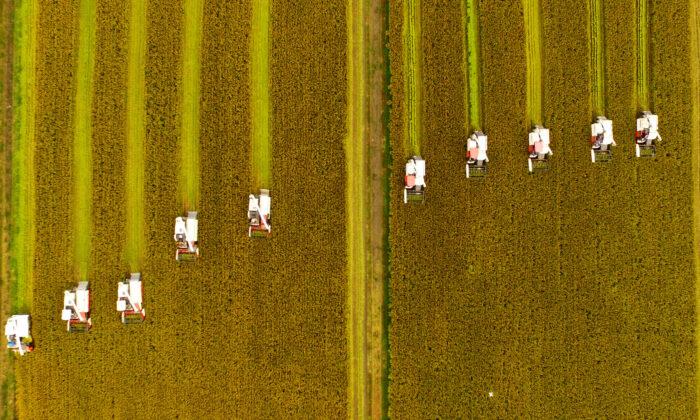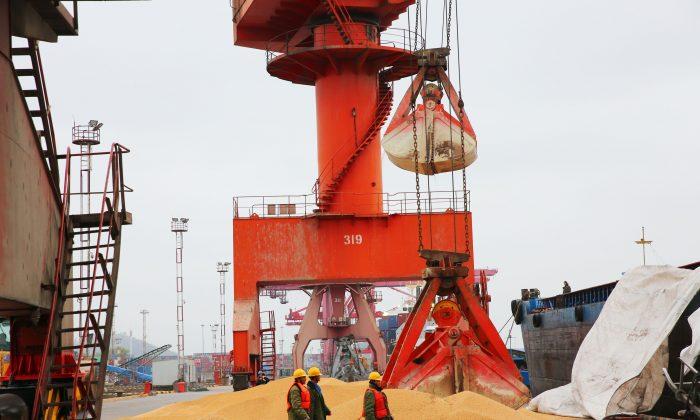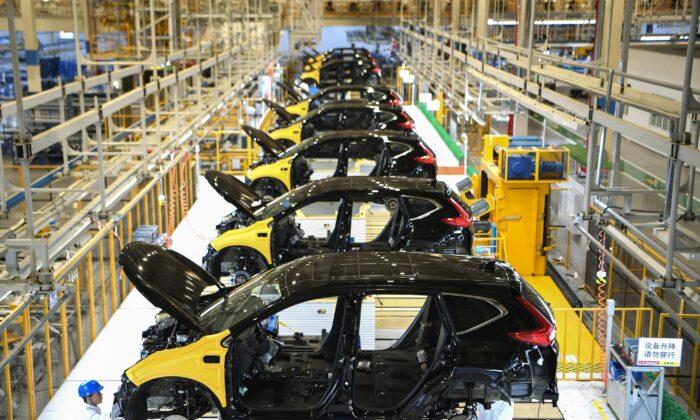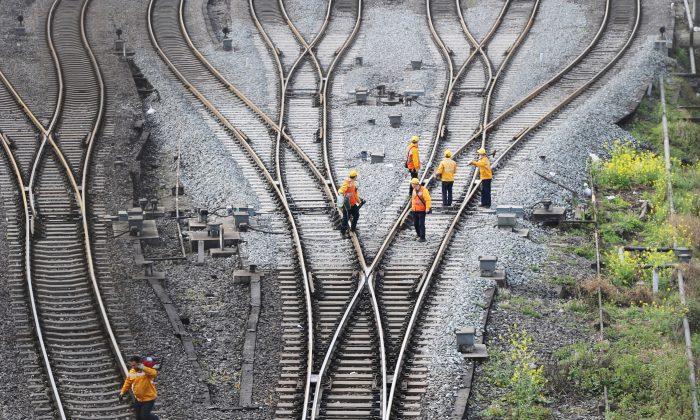China’s Shanghai Interbank Offered Rate (SHIBOR) shot up to a record of 13.44 percent last week as deteriorating loans at rural banks forced panicked short-term borrowing.
Enodo points out that the financial markets applauded the Beijing authorities during 2017 and the first half of 2018 for progress in addressing the banking sectors’ mounting bad debt issues through de-risking of speculative economic activity. But the People’s Bank of China’s first quarter monetary report reveals interbank borrowing and lending reached record highs, as wholesale funding has “decidedly reversed” over the last nine months.
At the end of the second quarter of 2015, China rural banks’ average non-performing loan loss reserve coverage was 206.4 percent, slightly better than the 198.4 percent average for all banks. But rural banks’ loan loss reserve coverage began plummeting after the third quarter of 2017 and now stand at 128.5 percent, versus 192.2 percent national average.
The Chinese authorities understand that the export led growth cycle ended with the Global Financial Crisis and China must rebalance towards household spending. But China’s smaller lenders that mostly serve households are the weak link in the strategy.
With wealth management products investing mostly in the corporate debt of state-owned enterprise (SOE), the industrial profits rebound from 2010 to 2014 created high returns that drove larger public wealth product sales and greater amounts of rural bank lending.
But as China’s industrial profit growth went negative in 2015 and 2016, many SOEs stopped paying interest and shadow banks had no ability to foreclose on SOE loans. Enodo estimates the four-quarter average industrial profit growth did rebound from 2016 to mid-2017 to 17.3 percent, before plunging to negative -13.5 percent in the last quarter.
China interbank lending to small firms has grown by 12 times in four years, a faster growth rate than the United States in the run up to the Global Financial Crisis. But Reuters recently reported: “China’s securities watchdog has told several large non-bank financial institutions to lend in the interbank market to smaller non-bank firms to help ease any cash shortfalls.”
Enodo estimates “system-wide credit losses could reach 20 percent of GDP,” or about 16 trillion yuan ($2.32 trillion), with Chinese banks share at almost 12 trillion yuan ($1.74 trillion).
The size of the financial hit is so large, Endo believes that any attempt by the Chinese regime tried to sell enough sovereign debt on world markets to “socialize” its bad loans would cause a “deflationary” crash from interest rates would skyrocketing higher.
Diana Choyleva suggests China is already in a stealth bank bail-out and intends to force consumers to take the full hit from huge numbers of wealth management product defaults.





